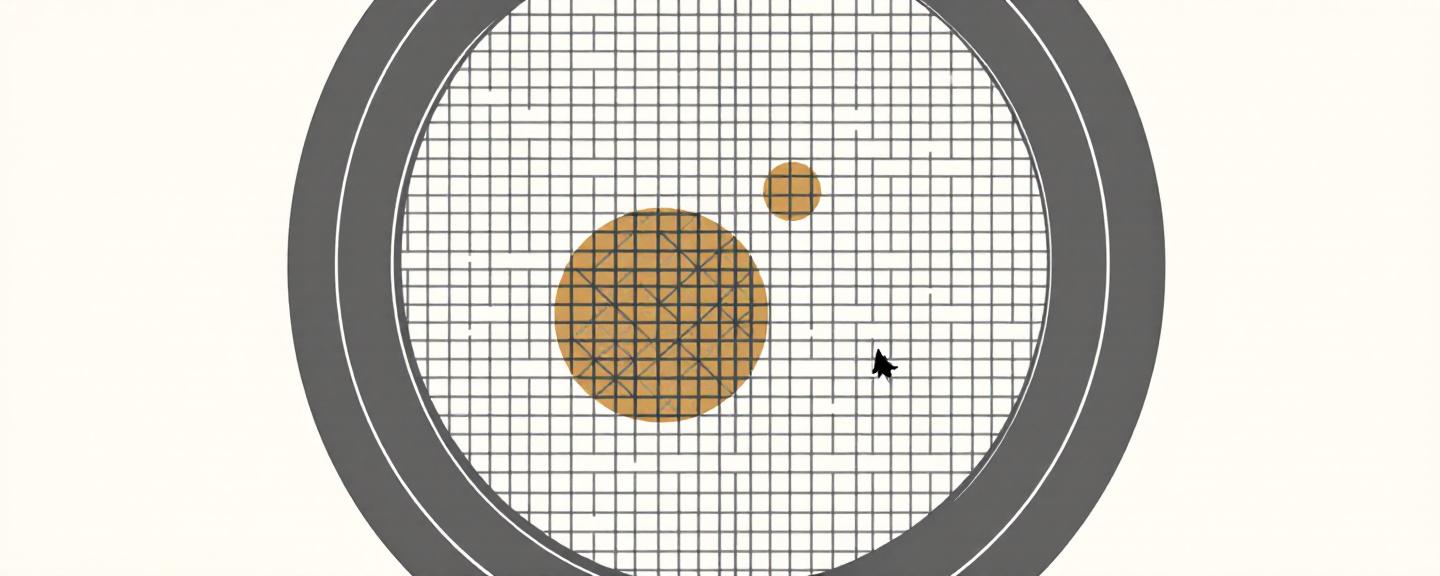A single, data‑driven assessment can separate legitimate purchases from risky ones before a human ever lifts a finger.
The hidden cost of manual fraud reviews
Every time a suspicious order lands on a spreadsheet, a specialist spends minutes—often more—researching the customer, cross‑checking shipping details, and drafting a response. Multiply that effort across hundreds of daily orders and the hidden labor cost quickly eclipses the revenue from a few missed approvals. Manual processes also introduce inconsistency: two analysts may reach opposite conclusions on the same pattern, leaving your brand vulnerable to both chargebacks and unhappy customers.
How automated risk scoring works
Logic’s fraud scoring workflow translates dozens of behavioral cues into a single numeric risk score. The model draws on industry‑tested heuristics—address mismatches, velocity spikes, disposable email usage, and more—to evaluate each order in real time. Because the logic is codified, every order is judged by the exact same standards, removing guesswork and ensuring compliance with internal risk policies.
Signals that matter most
The engine looks at a focused set of high‑impact indicators:
These signals are weighted to reflect the probability of fraud, producing a score from 0 to 100.
Decision thresholds at a glance
| Score Range | Risk Level | Recommended Action |
|---|---|---|
| 0 – 30 | Low | Auto‑approve and ship |
| 31 – 60 | Medium | Hold for review, request verification |
| 61 – 100 | High | Block order and alert customer service |
Practical impact for your team
When the workflow runs, low‑risk orders glide through the checkout funnel, medium‑risk cases are queued for a focused review, and high‑risk transactions are stopped before they can cause loss. This separation lets fraud analysts concentrate on the truly ambiguous cases, cutting review time by a large margin while preserving revenue from genuine buyers.
Consistency is king
Applying a single scoring algorithm guarantees every order is judged by identical criteria, eliminating the guesswork that often leads to disputes and brand erosion.
What this means for your organization
A reliable, automated risk score reduces manual workload, speeds up order fulfillment, and strengthens customer trust—all without sacrificing the rigor of your fraud safeguards. Your team can shift from reactive firefighting to strategic risk management, turning a routine check into a competitive advantage.

